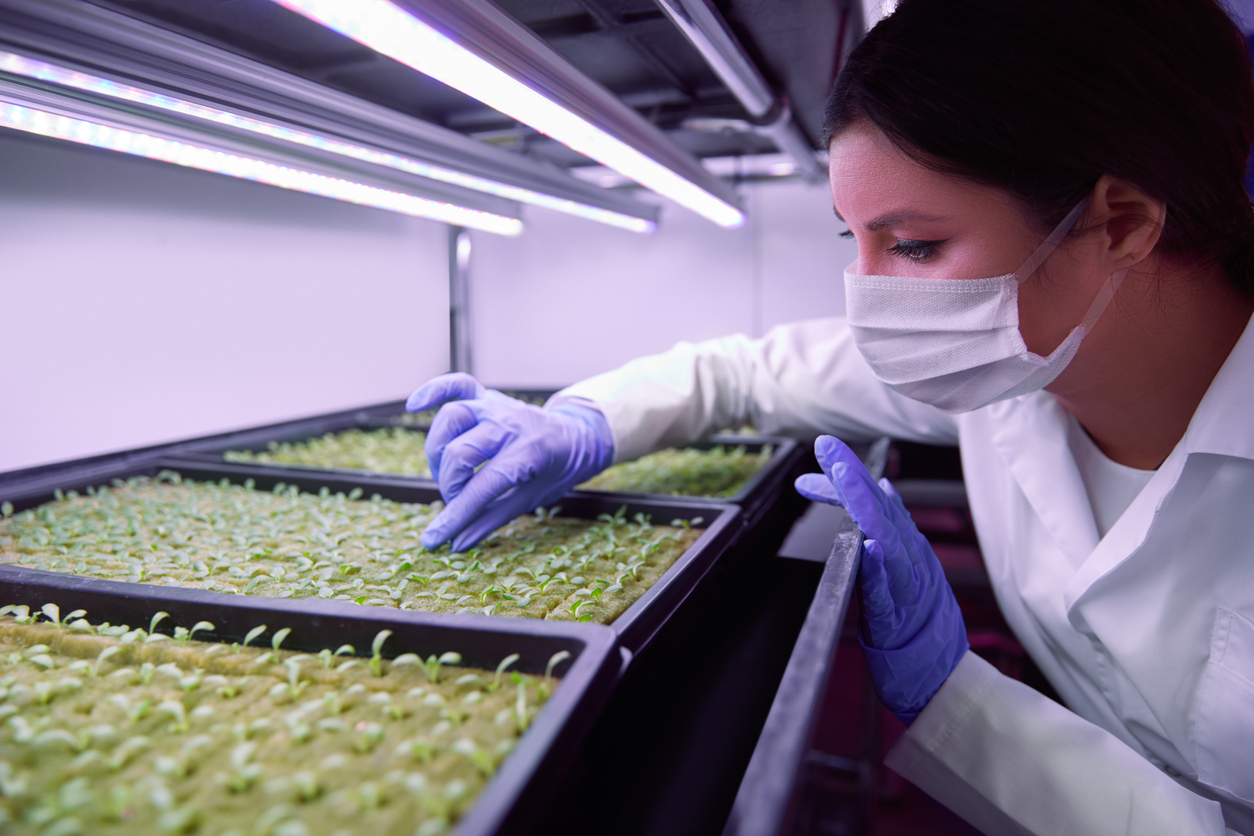Nearly one billion people go hungry every day. And a significant amount of food is lost due to pests and diseases. Use of improved varieties, integrated pest management (IPM) and good agricultural practices (GAP) can help ensure good plant health – which is critical to achieve the SDGs by 2030.
Plant Health for Achieving Sustainable Development Goals (SDGs)
Today the whole world celebrates the International Day of Plant Health, signifying the importance of crop plants for human survival. From the beginning of civilisation, the importance of quality seeds and healthy plants to guard against diseases, pests and natural disasters is well known. Globally, annual losses due to pests and diseases are estimated to be around $ 200-300 billion, with 10-40% of crop losses due to pests. Climate change is also adversely affecting plant health and threatening global food security.
By 2050, the global population will be 10 billion, and will need 60% more food than today with less of natural resources such as land, water, and biodiversity. To meet the United Nations Sustainable Development Goals by 2030, especially thos relating to poverty (SDG1), zero hunger (SDG2), climate action (SDG13) and healthy life on land (SDG15), is a daunting task. Urgent action is needed at both the national and global level to raise healthy crops, while guarding against biotic and abiotic stresses as well as the impact of climate change.
Pests and Diseases - Real Threat to Plant Health
Plant pests and diseases pose serious threats to global food security. There are several examples from around the world: a severe outbreak of Brown spot fungus (Helminthosporium oryzae) in West Bengal destroyed rice crops (50-90%) leading to over two million deaths (Bengal Famine, 1942-43), the potato late blight caused by Phytophthora infestans (Irish Famine, 1845) killed more than one million people in Ireland, and the Taro leaf blight (Phytophthora colocasiae) in 1993 caused almost 100% loss in Samoa thus threatening food security in the Pacific region.
Over decades, wheat crops have also been affected adversely due to black, brown and yellow rusts as well as Karnal bunt. In the last two decades, the threat of virulent transboundary stem (black) rust Ug 99 – first noticed in Uganda and now spread to Iran – has been addressed through Borlaug Global Rust Initiative (BGRI) as 90% of wheat varieties are susceptible.
More recently, the infestation of Fall Armyworm (Spodoptera frugiperda) in East Africa, Bangladesh and West Bengal in India has caused yield losses up to 40%.











